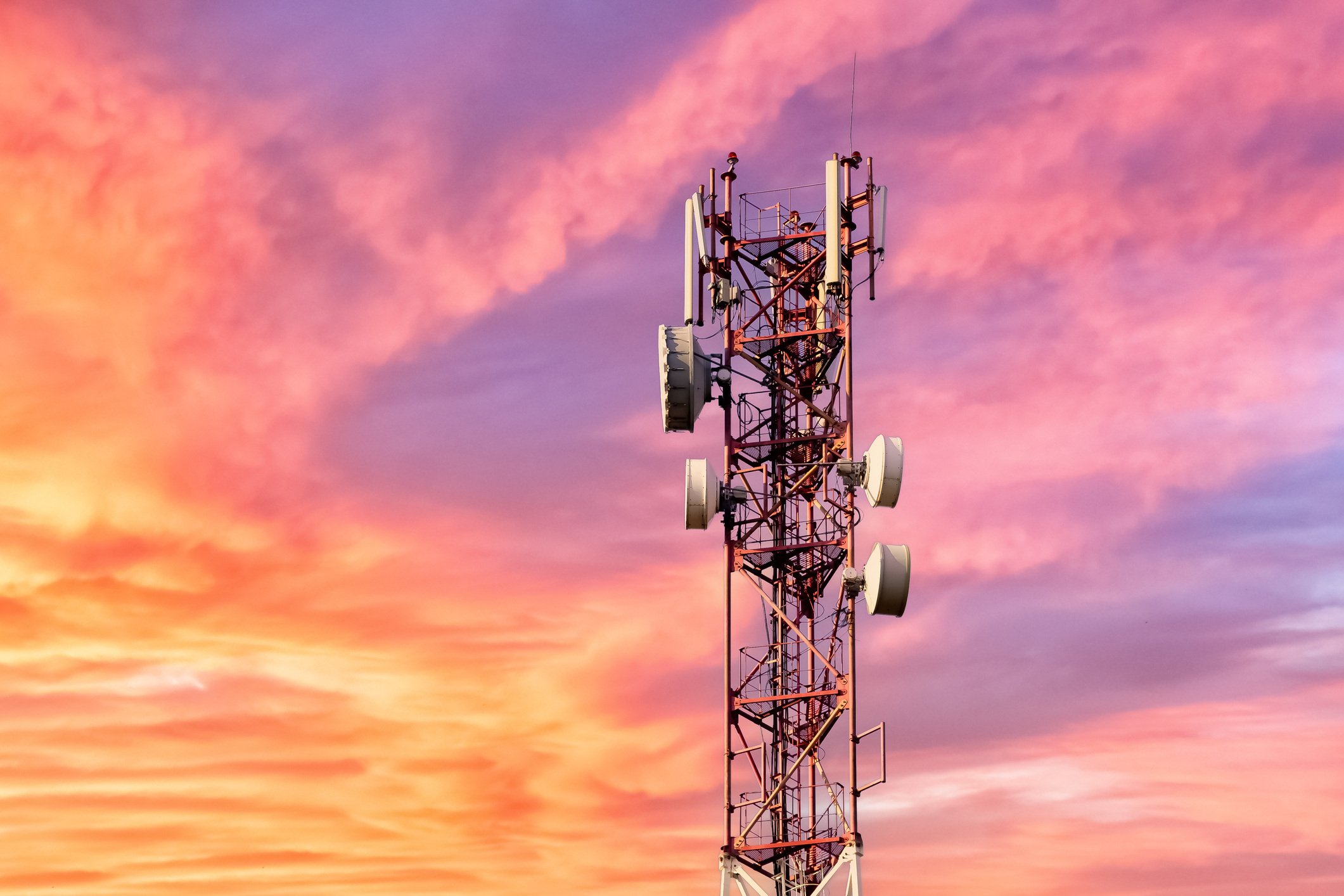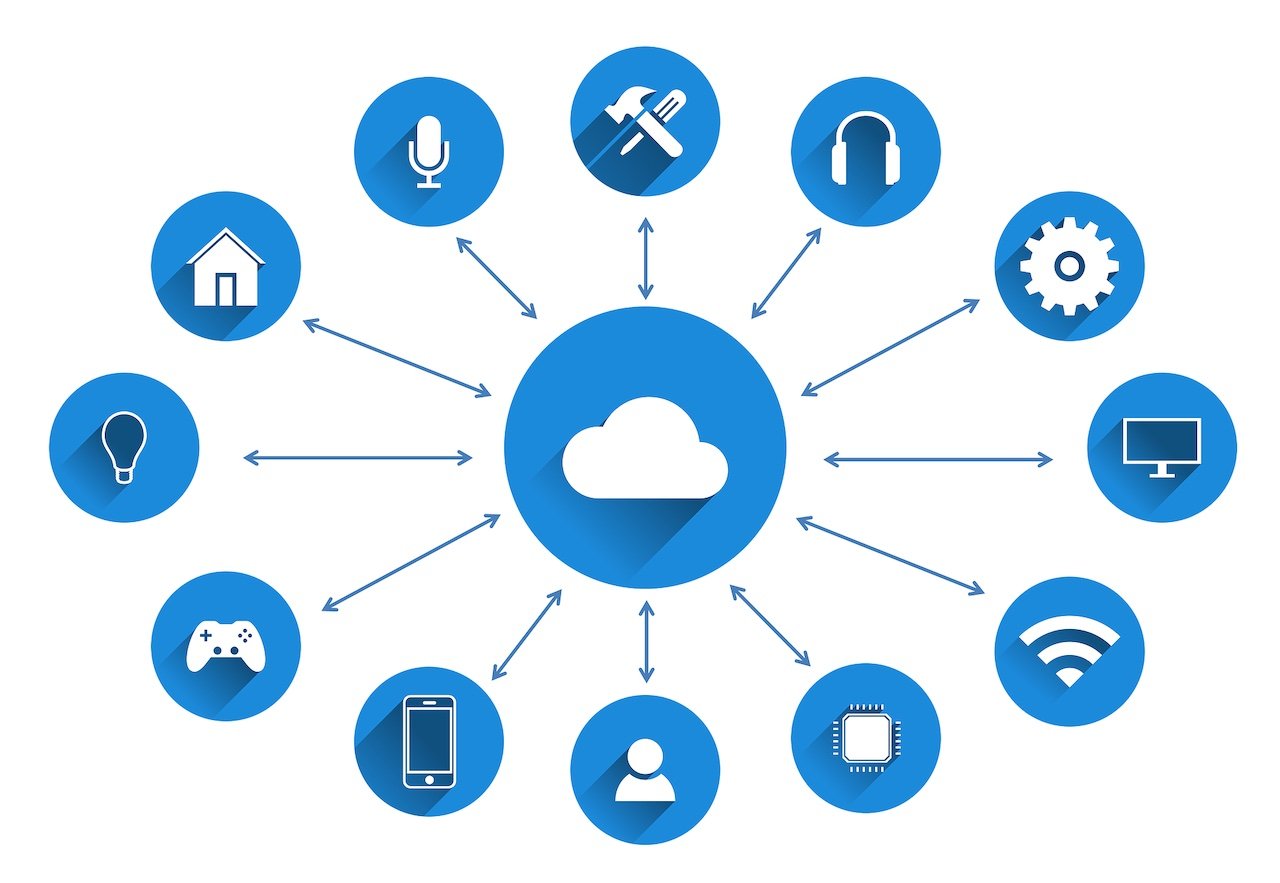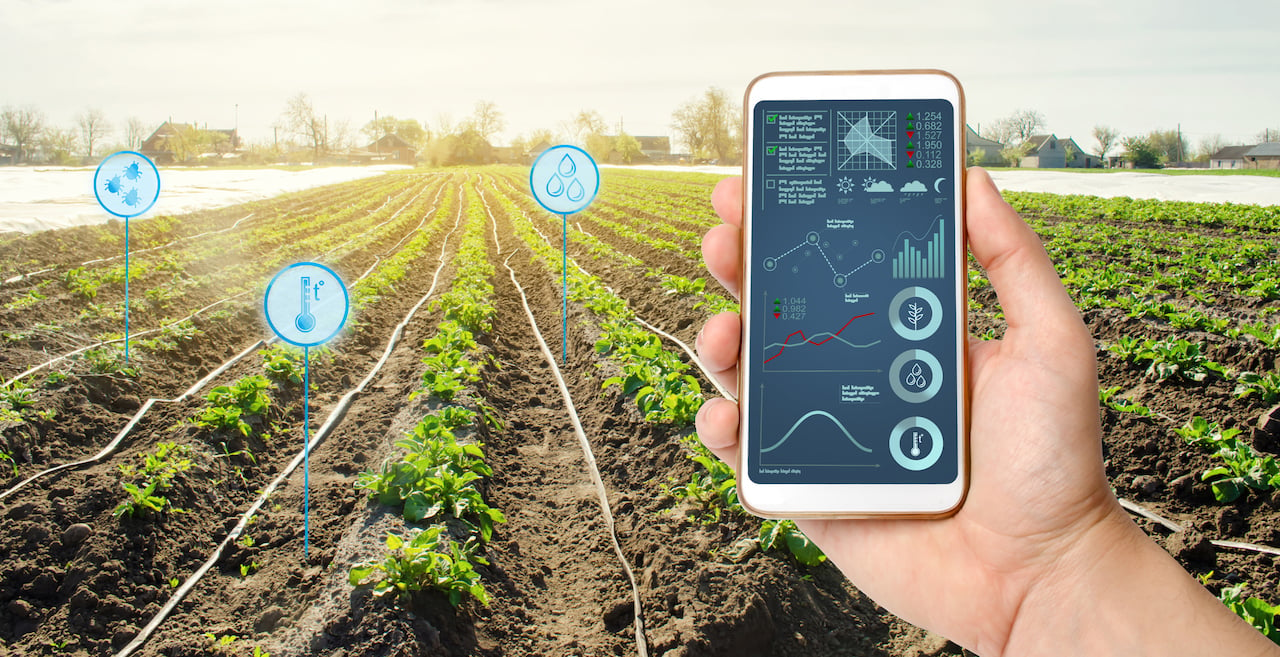
- April 2025 (1)
- March 2025 (2)
- February 2025 (1)
- December 2024 (2)
- November 2024 (2)
- August 2024 (2)
- June 2024 (3)
- May 2024 (3)
- April 2024 (1)
- March 2024 (3)
- February 2024 (2)
- January 2024 (2)
- December 2023 (1)
- November 2023 (2)
- October 2023 (2)
- September 2023 (1)
- August 2023 (1)
- July 2023 (2)
- June 2023 (3)
- May 2023 (2)
- April 2023 (1)
- March 2023 (4)
- February 2023 (1)
- January 2023 (2)
- November 2022 (2)
- October 2022 (1)
- September 2022 (1)
- August 2022 (2)
- July 2022 (2)
- June 2022 (2)
- May 2022 (1)
- April 2022 (3)
- March 2022 (1)
- February 2022 (3)
- January 2022 (2)
- December 2021 (1)
- November 2021 (1)
- October 2021 (2)
- September 2021 (3)
- August 2021 (1)
- July 2021 (4)
- June 2021 (1)
- May 2021 (2)
- April 2021 (2)
- March 2021 (2)
- February 2021 (3)
- January 2021 (3)
- December 2020 (1)
- October 2020 (1)
- August 2020 (1)
- August 2019 (1)
- January 2019 (2)
- September 2018 (5)
- June 2018 (1)
- November 2017 (1)
- September 2017 (1)
- July 2017 (1)
- May 2017 (1)
- January 2017 (1)
- October 2016 (2)
- August 2016 (1)
- July 2016 (1)
- June 2016 (1)
Subscribe by email
In the last few years alone, we’ve seen dramatic changes in the capabilities of IoT. It’s exciting to think about what the future of IoT will look like five or ten years down the road. The growth of the industry has accelerated along with its capabilities — the number of IoT devices by 2030 is expected to be over 24 billion. We expect to see developments in 5G, artificial intelligence, and advanced analytics take the industry to new levels. Let’s explore seven very real possibilities of what awaits IoT in the next few years.
1. Adoption of 5G Networks Across Major Wireless Carriers and Resulting Advances in IoT Devices
The world is abuzz about 5G and its potential to transform industries. This fifth-generation technology standard for broadband cellular networks can support high data transfer rates with ultra-low latency. In applications that require real-time network performance, it’s a game-changer. However, it will take some time to fully transition to 5G.
Additionally, 5G will enable wireless carriers to compete with traditional cable and home internet companies. With the ability of 5G service to bring the highest speed internet to the home, with enough bandwidth to support simultaneous streaming and with the latency to support other items like gaming, virtual reality, and other high bandwidth applications, the cellular companies have the technology to replace home internet.
First, it’s necessary to sunset 2G and 3G networks and move almost exclusively to 4G as we prepare for all of the amazing opportunities of 5G. It’s coming, and though it will take some time to bring the industry to this new standard, it will be worth the wait.
Learn more about Cellular IoT and Its Benefits or explore Zipit's 5G connectivity.
2. Improvements in Smart Cars and Better Road Safety
Thanks to the evolution of 5G and ultra-low latency, the technology fueling smart cars will make them more ubiquitous. Smart cars can track traffic conditions and road conditions, manage routes, and optimize fuel efficiency. And while we may not see fully-autonomous vehicles on the roads in the next few years, semi-autonomous vehicles are already being manufactured. These vehicles partially assist drivers with driving, braking, parking, and lane-changing. Drivers of IoT-enabled semi-autonomous vehicles benefit from the technology partly controlling the vehicle to avoid accidents. Ultimately, smart car IoT systems reduce human error and make driving simpler and safer.
3. Smart Cities on the Rise with Government Adoption of IoT
One of the most revolutionary applications of IoT is the advancement of smart cities and how municipalities can use this technology to improve the quality of life for their constituents. In fact, this hot topic captured the most widely attended audience at the CES 2022 event. This influential tech event showcases global business leaders and innovators to discuss the industry’s most relevant issues. Smart cities took center stage at the conference, with a panel discussion highlighting the impacts of IoT on traffic technology, alternatives for mobility, public transportation, and job growth aligned with the implementation and expansion of IoT in the community. Adopting smart technologies enables cities to automate and save time and money.
Learn more: IoT Smart City Technology: An Introductory Guide
4. Business Adoption of IoT
We have already seen tremendous growth in the consumer segment of IoT usage. Though business adoption has lagged behind consumer adoption, it’s now dramatically accelerating. McKinsey reported that the number of businesses that use IoT technologies increased from 13% in 2014 to about 25% in 2019. Businesses are now using IoT to transform agriculture, optimize fleet management, improve warehouse management, and improve healthcare outcomes, among many other things. We can expect to see IoT business use cases increase, providing a foundation to support many core business activities across industries.
5. Advances in Artificial Intelligence for Advanced Insights
Gartner has identified artificial intelligence as one of the top strategic technology trends for 2022, and AI is specifically relevant to IoT. The data produced by IoT is incredibly valuable. Companies can mine this data for insights to improve the customer experience, increase productivity, improve profitability, and spot opportunities for product development. Advanced analytics uses machine learning to mine the massive amounts of data that IoT produces to reveal deep insights, make predictions, and recommend strategies for taking action based on these insights. Machine learning has the power to more efficiently analyze data that would otherwise be impractical to process. As a result, companies of all sizes will have the ability to maximize the value of the data that their IoT solutions are generating.
6. Edge Computing Advances to Process Data Locally
In edge computing, the data produced by IoT devices can be processed and analyzed closer to its origination point. Processing data locally at the device level instead of sending it to the cloud significantly increases speed and reduces traffic which can significantly lower data costs as well. Edge computing has applications across a variety of industries and use cases, including autonomous vehicles, predictive maintenance, patient monitoring, and remote monitoring of equipment assets. This advancement could very well revolutionize IoT as more businesses are able to implement IoT initiatives.
Learn more: Edge Computing vs. Cloud Computing: Why IoT Expansion Requires Both
7. The Coming of Massive IoT
We expect to see the migration of traditionally Wi-Fi- or Bluetooth-enabled devices becoming cellular-based thanks to the cost competitiveness of technologies like NB-IoT. Think of it this way: If your smart lock IoT device for your home is Wi-Fi-based only, and your house loses power, it would stop working.
As we've mentioned in previous articles, cellular has redundancies in place that give it an advantage from a reliability and security standpoint against technologies like Wi-Fi.
The Future of IoT Starts Now
As we open the door to usher in the future of IoT, we’re excited about the promising opportunities before us. As this industry continues to evolve and grow, we expect to see clients in every industry benefit and gain the capabilities they need to develop the technologies that will shape our lives for the better.
Want to learn how to transition to cellular IoT or know more about Zipit’s secure, full-featured IoT platform? Contact us to discuss your company's unique needs, or join us for one of the best IoT conferences this year.
You might also like:
Related Content
The latest IoT insights and platform updates from Zipit.
IoT devices need flexible network technologies optimized for low-power application...
Deploying an IoT solution brings significant value to businesses, but it also intr...
The Internet of Things (IoT) has transformed industries by creating a network of i...



